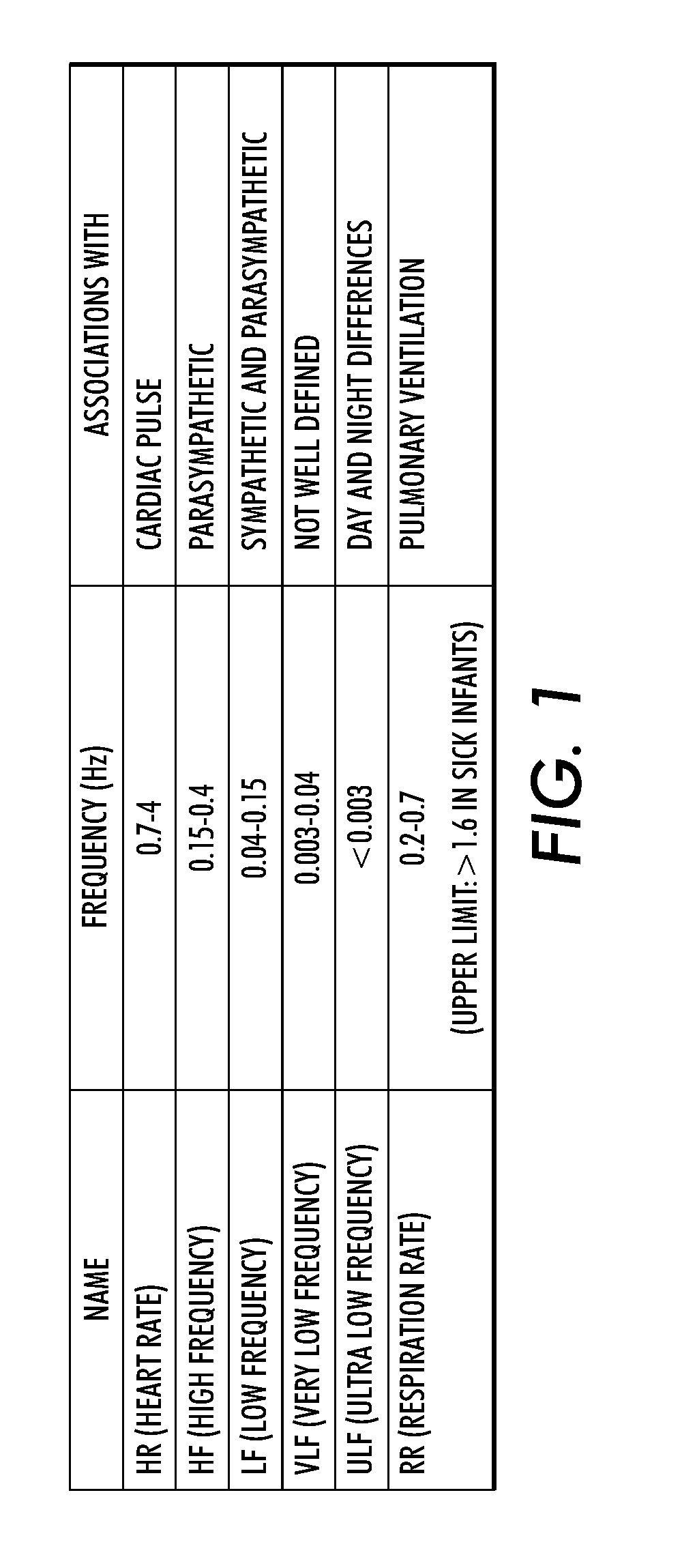Video-based estimation of heart rate variability
a heart rate variability and video-based technology, applied in the field of estimating heart rate variability, can solve the problems of inaccurate hrv measurement and error-prone hrv, and achieve the effect of high degree of measurement accuracy
- Summary
- Abstract
- Description
- Claims
- Application Information
AI Technical Summary
Benefits of technology
Problems solved by technology
Method used
Image
Examples
example embodiment
Flow Diagram of Example Embodiment
[0045]Reference is now being made to the flow diagram of FIG. 3 which illustrates one example embodiment of the present method for estimating heart rate variability from a video captured of a subject of interest. Flow processing begins at step 300 and immediately proceeds to step 302.
[0046]At step 302, receive a video of a target area of a region of exposed skin of a subject of interest where a photoplethysmographic (PPG) signal of the subject can be registered. The video comprises a plurality of time-varying images captured by a video camera with at least one imaging channel.
[0047]At step 304, process the video images to generate a time-series signal corresponding to PPG signals captured by the imaging channel of the video camera used to capture the video.
[0048]At step 306, extract, over a pre-defined time interval, low frequency and high frequency components of the integrated power spectrum within the time-series signal.
[0049]At step 308, determin...
PUM
 Login to View More
Login to View More Abstract
Description
Claims
Application Information
 Login to View More
Login to View More - R&D
- Intellectual Property
- Life Sciences
- Materials
- Tech Scout
- Unparalleled Data Quality
- Higher Quality Content
- 60% Fewer Hallucinations
Browse by: Latest US Patents, China's latest patents, Technical Efficacy Thesaurus, Application Domain, Technology Topic, Popular Technical Reports.
© 2025 PatSnap. All rights reserved.Legal|Privacy policy|Modern Slavery Act Transparency Statement|Sitemap|About US| Contact US: help@patsnap.com



